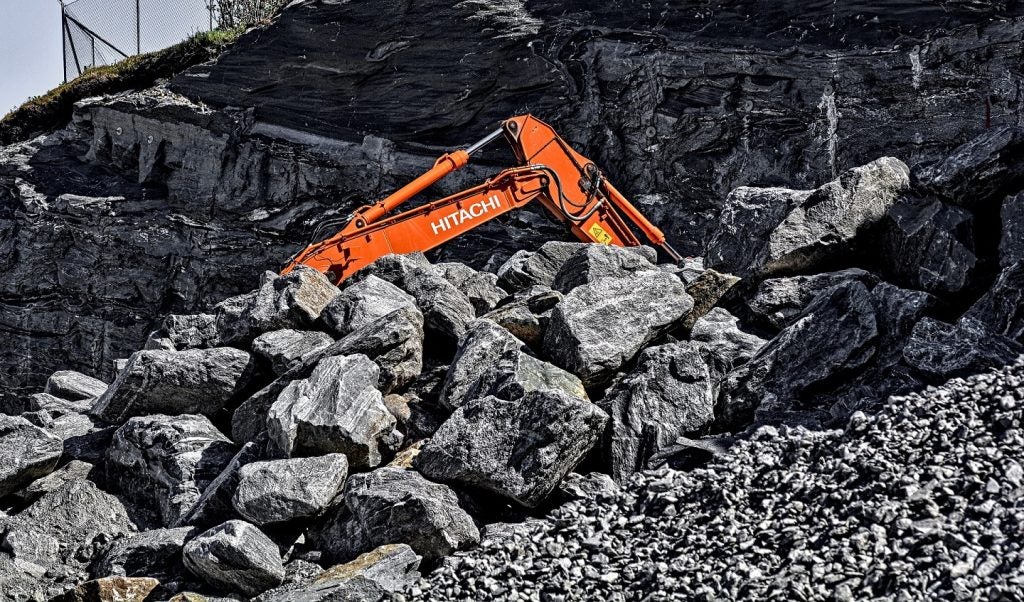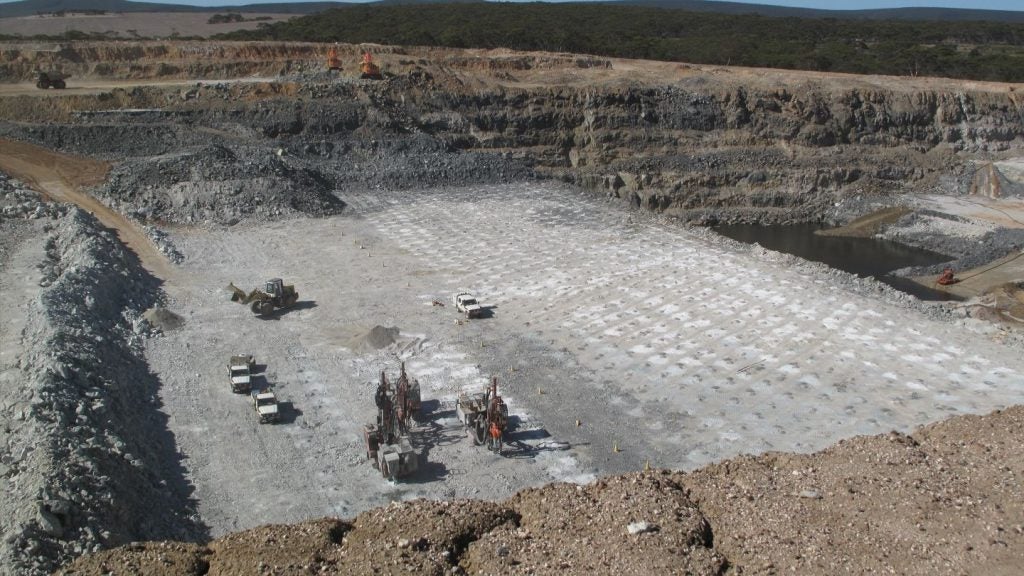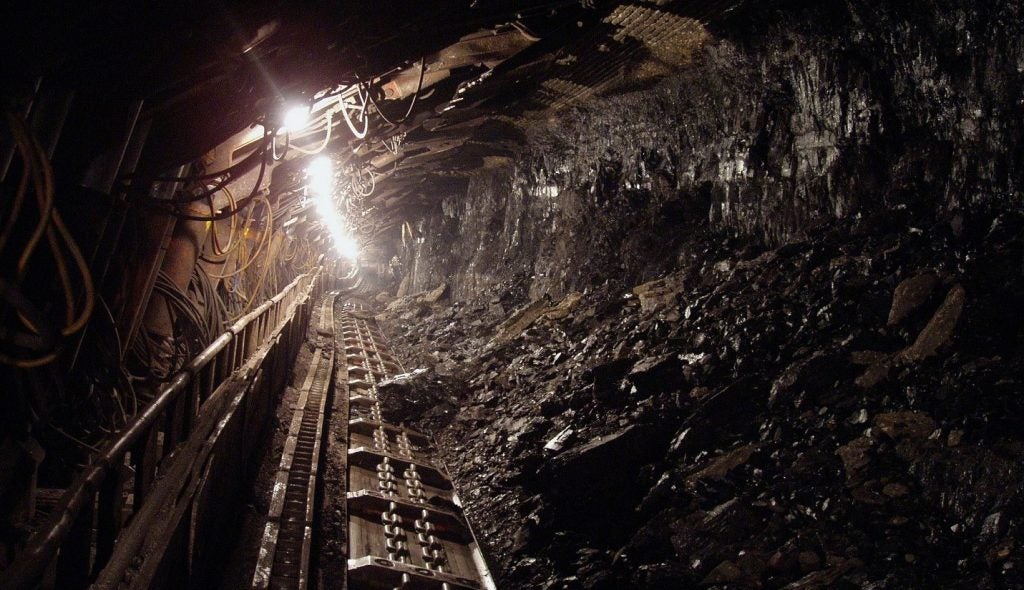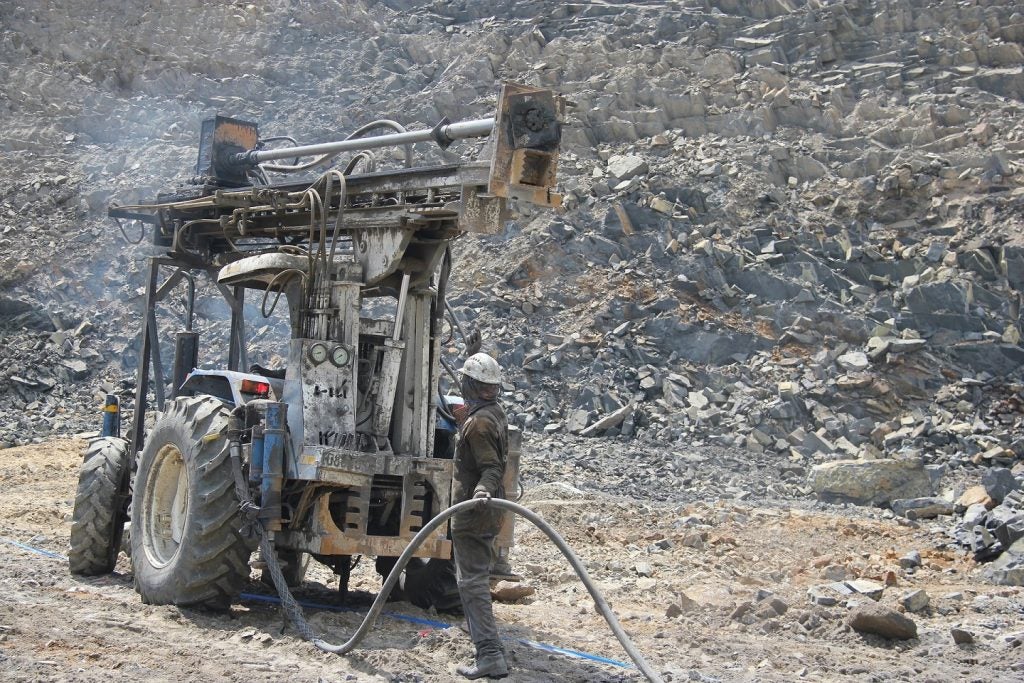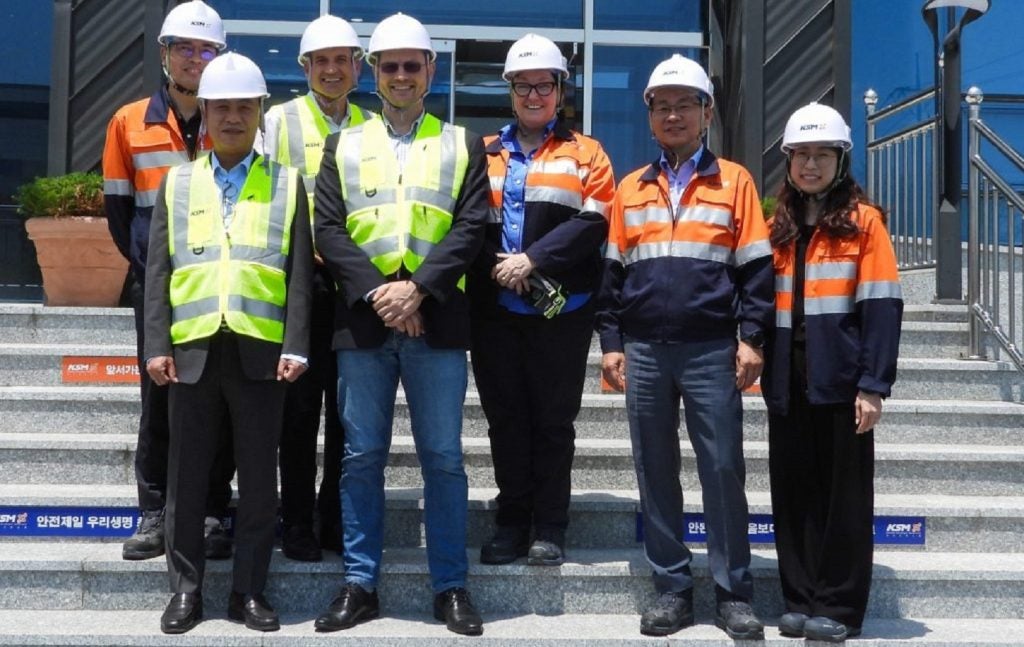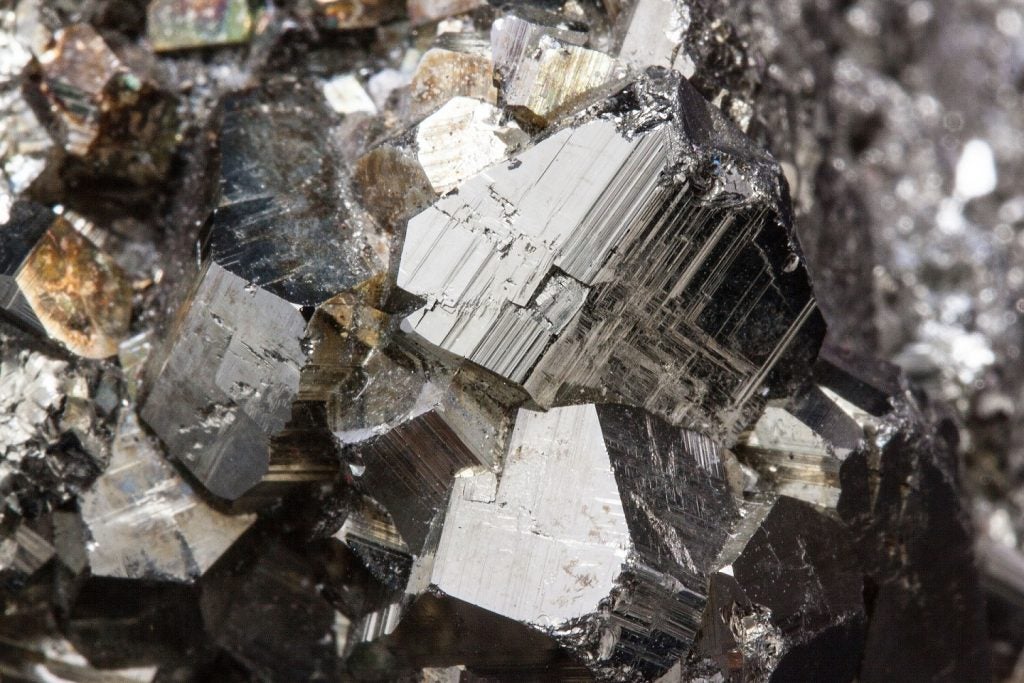Valor Resources has secured final regulatory approval from the Peruvian Ministry of Energy and Mines to commence the drilling programme at the Picha Copper Project.
With the receipt of the Autorización de Inicio (permission to begin drilling), the company can drill up to 120 holes within the approved effective area at the project.
Valor will undertake 5,000m of diamond drilling work to initially test four key targets: Cobremani, Cumbre Coya, Maricate and Fundicion.
The permit follows the issuance of the environmental impact statement (EIS) for the Picha project in March 2023.
Valor executive-chairman George Bauk said: “Valor has developed an incredible pipeline of large-scale, high-impact porphyry, epithermal and CRD [carbonate replacement deposit] targets across the Picha Project tenements – and we are very much looking forward to unlocking the enormous potential of this project through the maiden 5,000m drill programme scheduled to commence in September.”
Recently, Australian miner Firetail Resources signed a binding term sheet to purchase up to 80% of Valor’s subsidiary Kiwanda, which owns the mining concessions for the Picha and Charaque copper projects.
Located in the Moquegua and Puno departments of southern Peru, the Picha copper-silver project has 27 mining concessions covering 200km². It is prospective for multiple styles of copper mineralisation.
Bauk added: “The new structure we have implemented through the Firetail transaction will ensure that we maximise the opportunity in Peru while freeing up resources to focus on our high-potential uranium and rare earth assets in Canada’s Athabasca Basin.”
With the sale, Valor intends to focus on its uranium portfolio in Canada.




